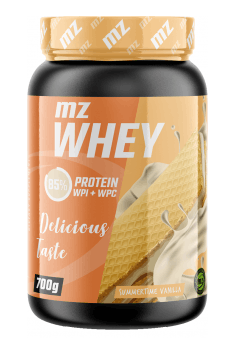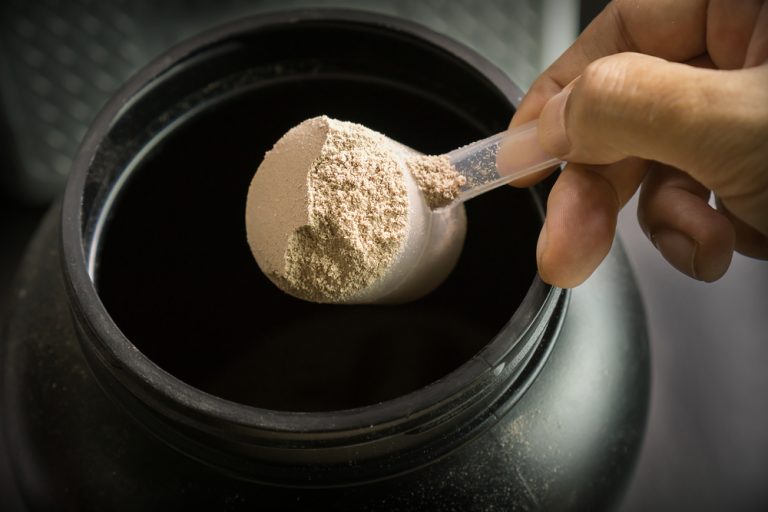Can a protein supplement with a declared protein content of 80g per 100g of the product actually contain the mentioned ingredient even by half less? It turns out that this is the real thing, and - interestingly - it does not have to be against the law. How is this possible? And above all - how to recognize such preparations?
Modern protein supplement
The more savvy supplements eaters probably noticed that in recent times there has been a trend to strengthen protein supplements with additives such as taurine, glutamine, leucine,creatine or glycine. Although the manufacturers make sure that this procedure has a solid substantive justification, carefully describing the benefits resulting from the use of anabolic and anti-catabolic additives, some arguments rather point that there is something more of such practices and clearly stifle optimism. What exactly do you mean?
Who needs protein?
The basic task of protein supplements is - as its name suggests - supplementing the diet with protein. Hence, one of the important aspects to pay attention to when purchasing such preparations is the total content of said ingredient in the product. Yes, factors such as price, taste and, finally, the type of raw material are also important, but it is hard not to agree that the total protein content is an indispensable matter. It is worth knowing in the meanwhile that the percentage of protein in the product is determined using the so-called indirect methods, such as the Kjeldahl method , which allow to determine the amount of total nitrogen (amine and ammonium), which is only calculated with the help of a special formula for the amount of protein. In other words, the amount of nitrogen is determined analytically and arithmetically converted into protein content.
Advantages and disadvantages

The method presented above has its advantages, because it is relatively simple, but its drawback is susceptibility to falsification. The presence of ingredients such as taurine or creatine may lead to quite intriguing consequences. For example, using the Kjeldahl method to determine the protein content in 75% whey concentrate we get a result - 75%. However, if we wanted to test the amount of protein in a 75% creatine preparation using the same method, it would turn out that we have almost 120-130% protein! Where does this result come from? Simple - creatine provides more nitrogen, which after conversion to the amount of protein according to the formula will give such a result.
It works? It works!
As you can see, by adding ingredients such as creatine for a protein supplement we can easily get a higher protein content. Not only that creatine is definitely a cheaper raw material than animal protein (like concentrate and whey protein isolate), so profit into its recipe is double (less expensive raw material + higher protein content on the label). What's more, customers can also be satisfied with the effects of such interference, because here the protein strengthened with creatine, glutamine and glycine works after all even the purest isolate or whey hydrolyzate (which is related to the action of creatine itself)
Summary
It is possible to say that everything is OK with the procedure described above, the amount of protein is theoretically in agreement, and yet the general impression spoils a certain disgust that you can feel long after consuming such a preparation and it is difficult to say whether it is responsible for taurine, glycine , glutamine, creatine or perhaps the very idea behind the launch of such a product...
Tip at the end
If you want to buy a protein preparation, it is worth to carefully inspect the label, and precisely the column with the description of the composition. It is more beneficial to use agents that have not been used in additives such as glycine, taurine, creatine, glutamine, leucine or the like. A good protein supplement should consist simply of raw (or a few protein raw materials) and, if necessary, flavors (aroma, sweetener) and possibly those that affect its organoleptic properties (emulsifiers, thickeners). Anabolic and anti - catabolic additives can be purchased separately if we need them.






